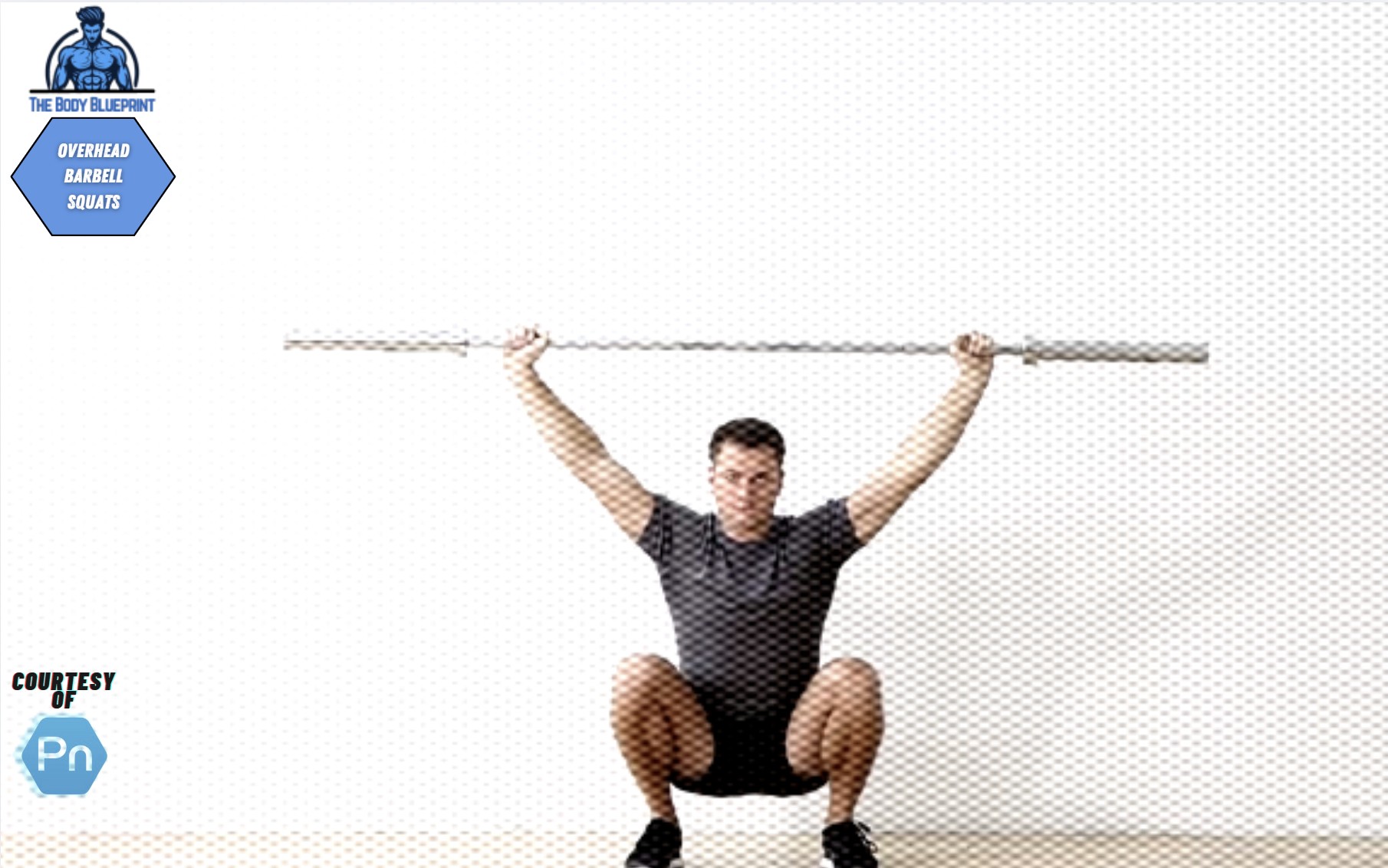The overhead barbell squat, a demanding yet rewarding exercise, stands as a testament to one’s strength, balance, and flexibility. Throughout the annals of fitness history, this exercise has been revered not only for its physical challenges but also for the unparalleled benefits it confers upon those who master it. In today’s world of sophisticated workout routines, the timeless appeal of the overhead barbell squat remains undiminished.
Understanding and perfecting the overhead barbell squat is crucial for anyone seeking to elevate their fitness regime. This exercise goes beyond mere muscle building; it embodies a holistic approach to physical well-being. But what makes an overhead barbell squat truly effective? As we delve into the technique, form, and essential tips, it’s imperative to consider factors such as core stability, shoulder mobility, and proper weight management.
Let’s break it down: Overhead barbell squats require a fusion of technique and brute force. The lift challenges your body to its core (literally). From your shoulders anchoring the weight, your midline firing to stabilize, and your quads and glutes powering the descent and ascent, you’re engaging muscles you didn’t even know existed. It’s not just about lifting weight—this movement is about mastering it.
This guide is here to help you crush overhead barbell squats like a pro. We’ll dive into the benefits, technique, and common mistakes while packing in pro tips, a handy table for comparisons, and even a Q&A that tackles the rare and unusual questions you might not think to ask. So grab your barbell, adjust your mindset, and let’s level up.
Benefits of Overhead Barbell Squats
Why should you embrace this notoriously humbling lift? Because the payoff is massive:
- Full-Body Strength Development
- Shoulders, core, glutes, hamstrings, quads—no muscle gets left behind.
- Improved Mobility and Stability
- Enhances shoulder flexibility, ankle mobility, and midline stability.
- Bulletproof Athleticism
- Trains balance, coordination, and proprioception. It’s the trifecta of athletic dominance.
- Stronger Core and Posterior Chain
- With the bar overhead, your core stabilizes like never before, building a rock-solid midsection.
- Enhanced Posture
- Spending hours hunched over? This lift teaches your body how to stand tall and proud.
Mastering Overhead Barbell Squats Technique (Step-by-Step)
Here’s how to execute the overhead barbell squat like a champ:
- Setup:
- Use a power rack. Place the bar at shoulder height. Load your plates.
- Grip the bar slightly wider than shoulder-width.
- Step under the bar, press it overhead, and lock out your elbows.
- Foot Positioning:
- Stand with feet shoulder-width apart. Toes slightly pointed out.
- Engage the Core:
- Brace your midsection like you’re about to take a punch.
- Descent:
- Slowly lower yourself into a squat, keeping the bar directly over your midline.
- Push your knees out and keep your chest upright.
- Bottom Position:
- Your hips should dip below parallel. Maintain stability and control.
- Ascent:
- Drive through your heels, keeping the bar steady overhead.
- Rise back to the starting position.
Common Mistakes to Avoid
- Overarching the Lower Back: Leads to instability and possible injury.
- Letting the Bar Drift Forward: Keep it in line with your midfoot.
- Neglecting Mobility Work: Poor shoulder or ankle mobility? Fix it before loading heavy.
- Rushing the Descent: Slow is strong—control your movement.
- Ignoring Warmups: This isn’t a lift you jump into cold. Prime your body first.
Overhead Barbell Squat Progressions Table
| Skill Level | Recommended Progression | Key Focus | Estimated Time to Master |
|---|---|---|---|
| Beginner | Overhead PVC Pipe Squats | Form and mobility | 2-4 weeks |
| Intermediate | Barbell with Light Plates (10-20% bodyweight) | Stability and balance | 4-8 weeks |
| Advanced | Moderate Weight (40-60% bodyweight) | Power and endurance | 3-6 months |
| Elite | Heavy Weight (70%+ bodyweight) | Max strength and control | 6+ months |
Rare or Unusual Questions (Q&A)
Q: Can I do overhead barbell squats with shoulder mobility issues?
A: Yes, but you’ll need to work on mobility first. Incorporate drills like wall slides, banded shoulder stretches, and thoracic spine rotations. If your range of motion is severely restricted, start with a PVC pipe or an empty bar until mobility improves.
Q: Why do my wrists hurt during this lift?
A: Likely due to poor wrist flexibility or improper grip. Keep your wrists neutral by ensuring the bar rests comfortably in your palms, not your fingers. Wrist wraps can also help.
Q: Are overhead barbell squats better than front or back squats?
A: It depends on your goals. Overhead squats prioritize mobility and stability, while front squats hit your quads harder, and back squats allow for maximum loading. Each has its place in a balanced program.
Q: How do I prevent the bar from wobbling overhead?
A: Strengthen your shoulder stabilizers with exercises like Turkish get-ups, overhead carries, and scapular pull-ups. Also, focus on bracing your core properly.
Q: Should I wear lifting shoes for overhead barbell squats?
A: Absolutely. Lifting shoes provide a solid, raised heel, improving ankle mobility and stability. They’re a game-changer for this lift.
Closing Thoughts
Overhead barbell squats are not for the faint of heart, but that’s what makes them worth the grind. Each rep is a test of strength, balance, and grit—and when you master this lift, you’ll feel unstoppable. So, throw on some plates, stand tall, and claim your space in the gym. This lift doesn’t just build your body—it builds your character.

